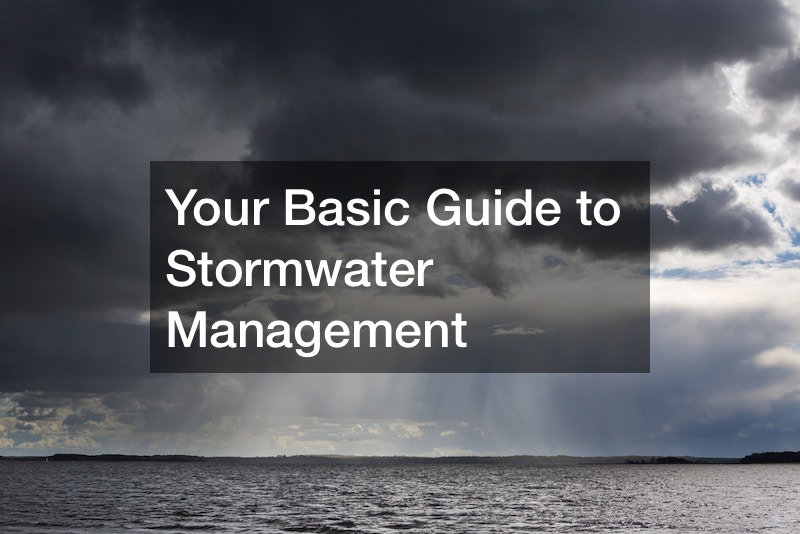Stormwater management for commercial and residential properties is a critical aspect in facility and property maintenance. This level of control helps to lessen environmental impact, mitigate flooding risks, and ensure compliance with regulations. Efficient strategies involve various practices aimed at handling stormwater runoff.
This YouTube video will go over the basics and ensure you get started on the right foot!
One significant method is through retention and detention systems, like ponds or basins, which capture and release stormwater gradually. These holding areas are kept to reducing drainage system overload during heavy rainfall. Flooding and pounding of water can be reduced with plantings and landscape slopes and burms. These help absorb and filter stormwater, curbing runoff and promoting groundwater recharge.
Installing proper drainage systems, like gutters, downspouts, and conduits, is vital for both residential and commercial properties. They help to redirect stormwater away from structures and parking lots, averting erosion and pooling. Water can damage even the hardest of materials over time so reducing water exposure is essential to protecting critical components and structures.
Regular maintenance of stormwater infrastructure, including cleaning gutters and inspecting retention ponds, ensures efficient functionality. Adhering to local and federal regulations concerning stormwater management is essential, considering that many jurisdictions have specific guidelines and permits for commercial properties.
Incorporating comprehensive stormwater management practices can lower environmental impact and flood risks and also strengthen sustainability efforts. These proper systems can protect homes and businesses, increase property value, and improve corporate responsibility in preserving natural resources.
.


